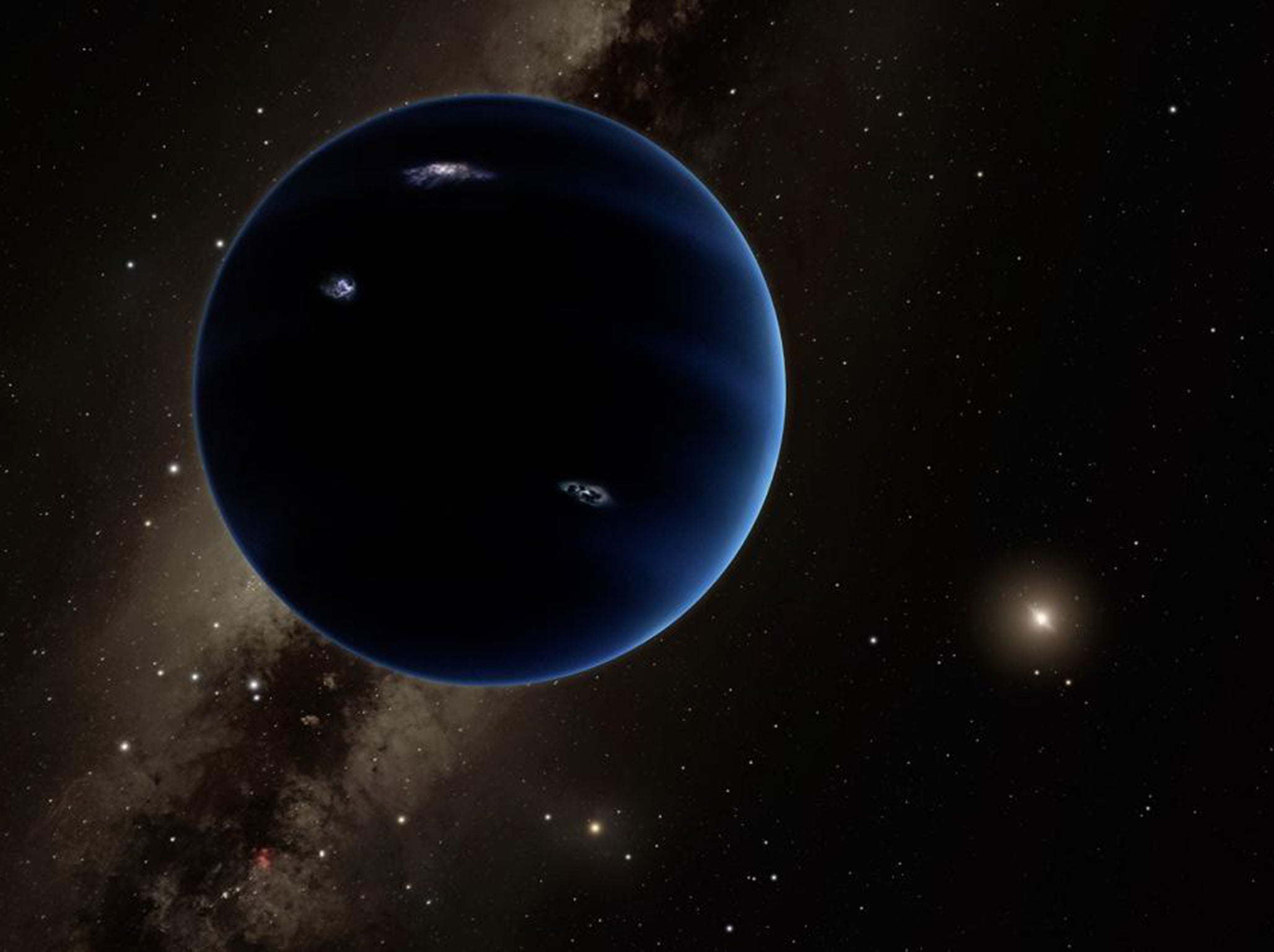Planet Nine: Our solar system has another hidden planet in it, analysis suggests
Scientists have been arguing for years about whether the mysterious, distant planet really exists

Your support helps us to tell the story
From reproductive rights to climate change to Big Tech, The Independent is on the ground when the story is developing. Whether it's investigating the financials of Elon Musk's pro-Trump PAC or producing our latest documentary, 'The A Word', which shines a light on the American women fighting for reproductive rights, we know how important it is to parse out the facts from the messaging.
At such a critical moment in US history, we need reporters on the ground. Your donation allows us to keep sending journalists to speak to both sides of the story.
The Independent is trusted by Americans across the entire political spectrum. And unlike many other quality news outlets, we choose not to lock Americans out of our reporting and analysis with paywalls. We believe quality journalism should be available to everyone, paid for by those who can afford it.
Your support makes all the difference.There might well be an unknown planet hovering at the edges of our solar system, according to new analysis.
Scientists have been arguing for years about whether there is another planet lurking at the far edges of our solar system. That came to a head last year when scientists announce they had found evidence of the mysterious Planet 9 – and then continued when new research appeared to show those calculations were mistaken and the planet might not exist.
But the new work from the Complutense University of Madrid makes use of a new technique that indicates there's another planet lying beyond Pluto.
The argument is so difficult because the planet can't be seen directly, since it is so far away. Instead, scientists must infer its existence from other data – looking at the way objects seem to move around the possible planet, and working out whether they seem to be thrown off by some sort of large object.
The new research from the Spanish team looked a special set of objects far away in our solar system to explore whether they seemed to be experiencing such an effect. And it found they did: those objects appeared to be strangely clustered and patterned in a way that shouldn't happen if there's no large object to disturb them.
That work therefore supports the idea – famously proposed by Mike Brown and Konstantin Batygin from Caltech at the beginning of 2016 – that Planet Nine is hovering at the far reaches of our solar system.
The scientists also discussed the possibility of another, entirely separate planet, the rumoured Planet 10. This work doesn't suggest whether or not that planet – which is thought to be closer by to us and the size of Mars, if it does exist – is real, but they hope to be able to apply some of the same techniques in a similar report soon.
Join our commenting forum
Join thought-provoking conversations, follow other Independent readers and see their replies
Comments